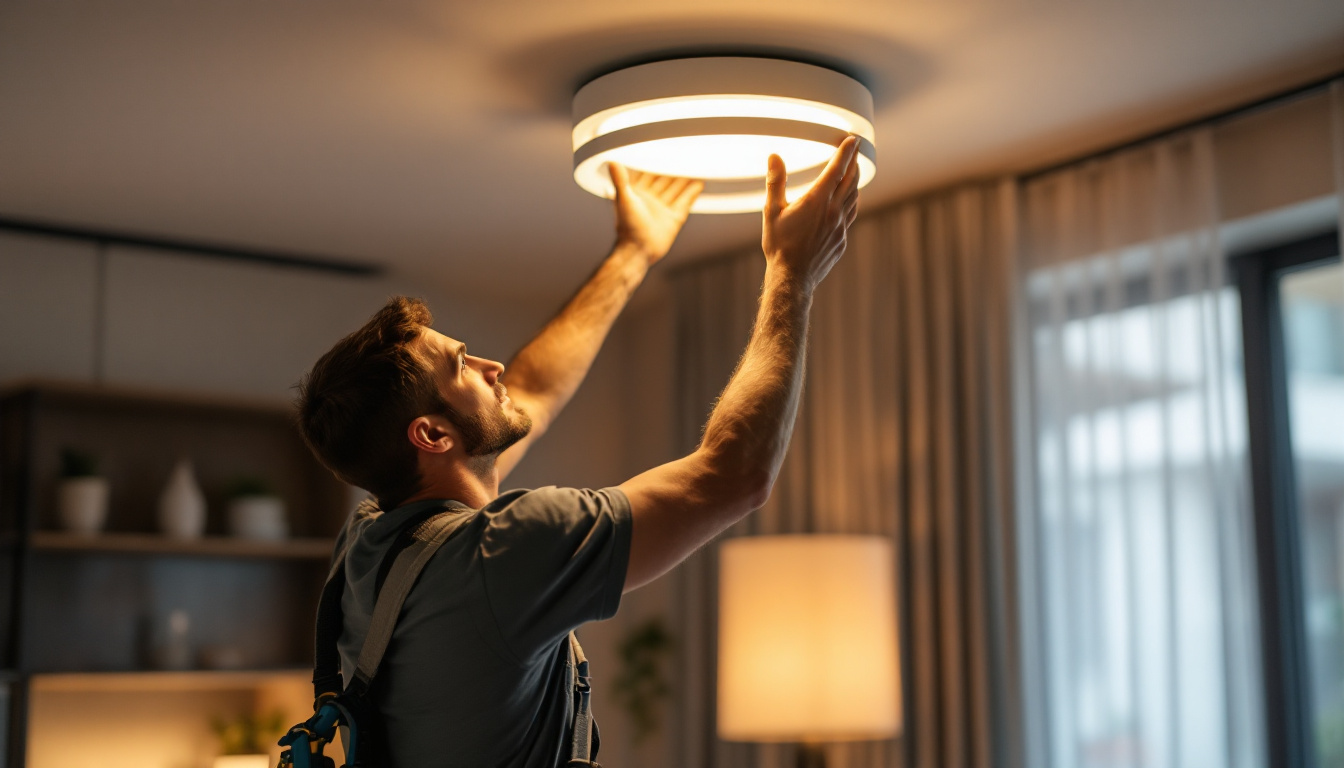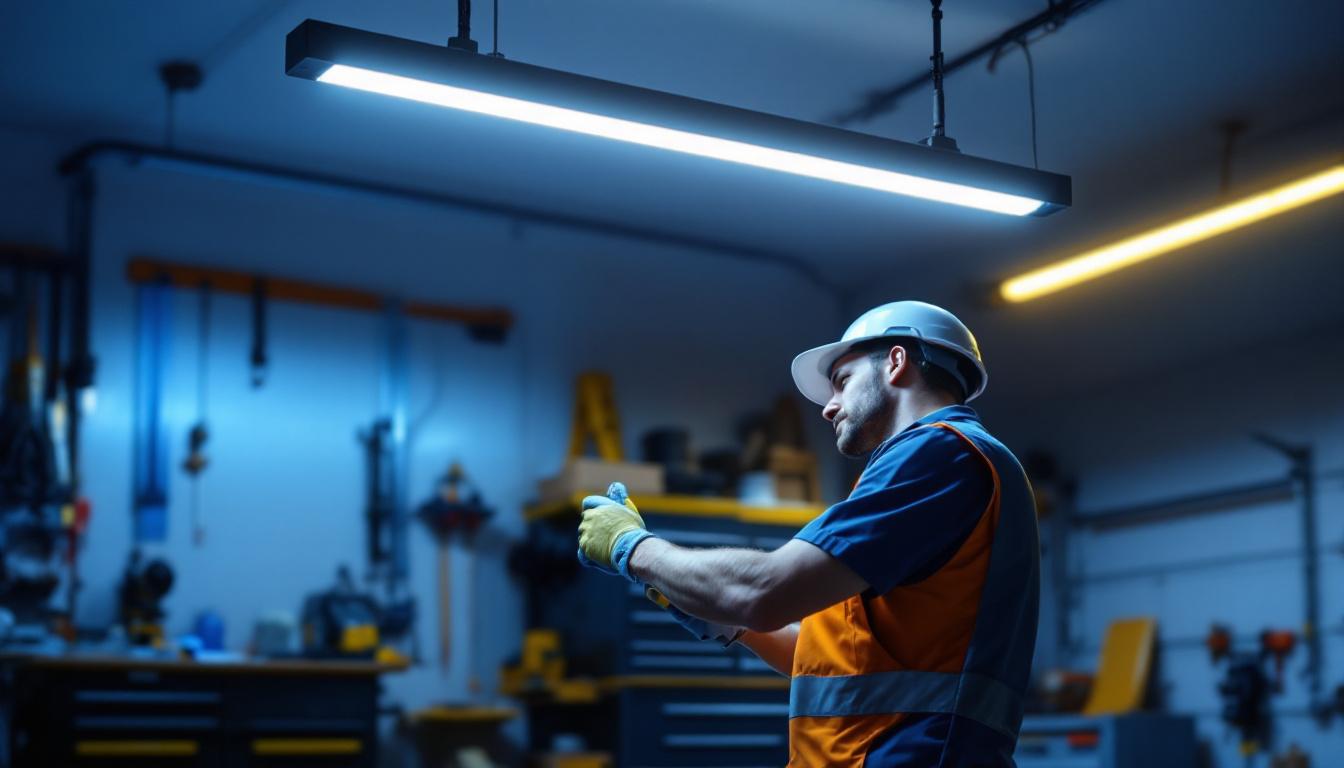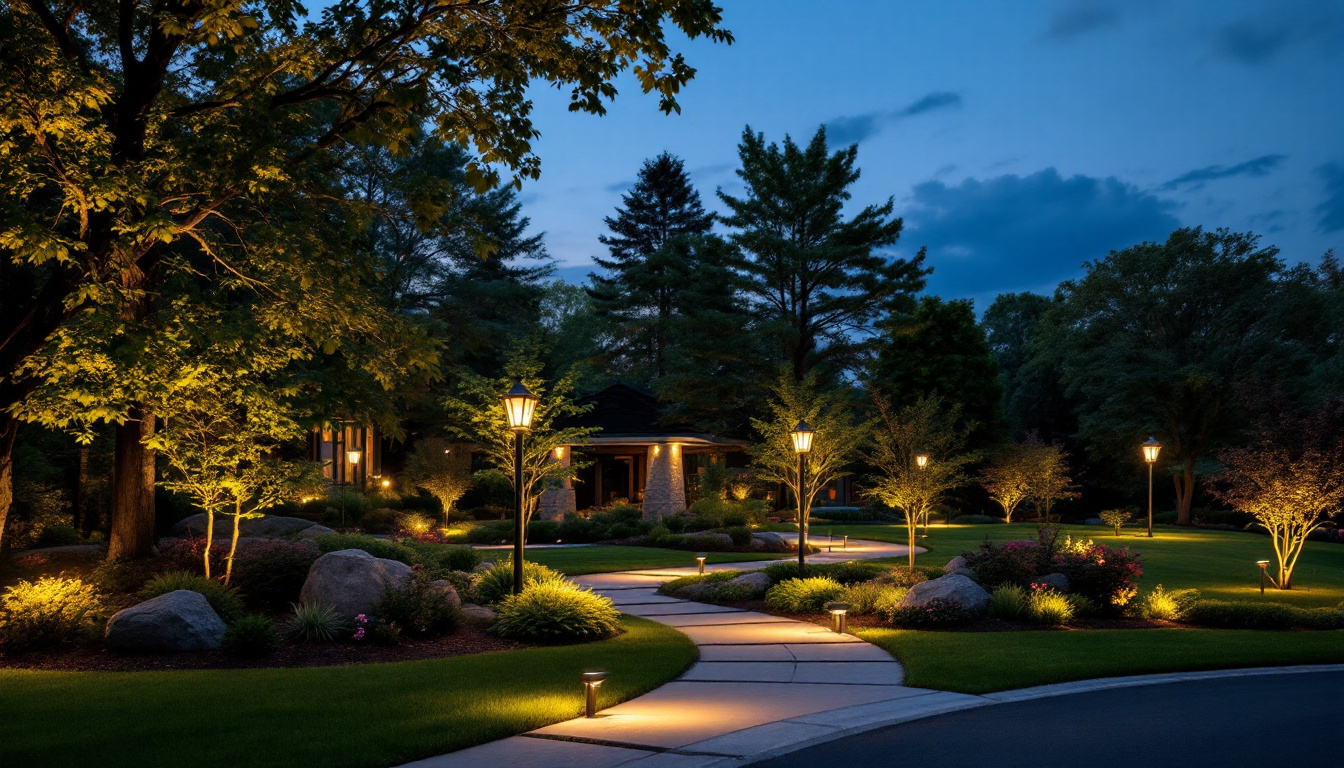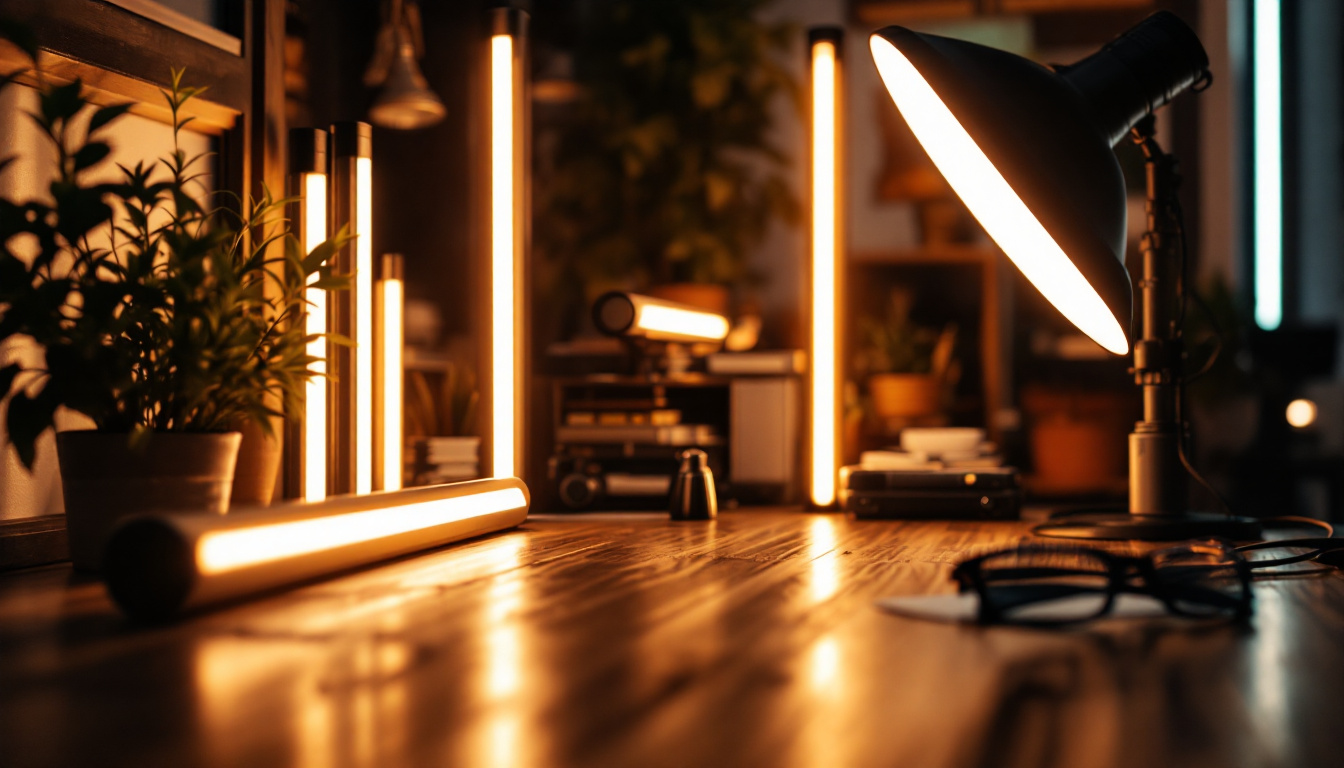
In the ever-evolving world of lighting design, ceiling light fixtures are a fundamental component that can significantly influence the ambiance and functionality of a space. For lighting contractors, understanding the latest trends, technologies, and installation techniques is crucial. This article delves into various hacks and tips tailored specifically for smart lighting contractors, aiming to enhance efficiency and elevate the quality of installations.
Before diving into advanced hacks, it’s essential to grasp the fundamental types and functions of ceiling light fixtures. These fixtures come in various styles, including flush mounts, pendant lights, chandeliers, and recessed lighting. Each type serves a unique purpose and can dramatically alter the aesthetic of a room.
flush mount fixtures are popular for their sleek design and space-saving benefits, making them ideal for low ceilings. Pendant lights, on the other hand, can serve as statement pieces, providing both illumination and artistic flair. Understanding these distinctions helps contractors recommend the best options to clients based on their specific needs.
When selecting ceiling light fixtures, contractors should consider the following types:
Choosing the right ceiling light fixture involves understanding the space’s purpose, size, and existing decor. For instance, a large, ornate chandelier might overwhelm a small room, while a simple flush mount might not provide enough light in a spacious area. Contractors must assess these factors to guide their clients effectively.
Moreover, energy efficiency is a growing concern among homeowners. Incorporating LED fixtures can not only enhance the aesthetic appeal but also reduce energy consumption, making them a smart choice for both contractors and clients. Additionally, the color temperature of the lighting can significantly influence the mood of a space; warmer tones can create a cozy atmosphere, while cooler tones are often more energizing and suitable for workspaces.
Another important consideration is the height at which fixtures are installed. For example, pendant lights should hang at a height that allows for comfortable movement beneath them, typically around 30 to 36 inches above a dining table. In contrast, recessed lighting should be strategically placed to avoid dark spots and ensure even illumination throughout the room. Understanding these nuances not only enhances the functionality of the lighting but also elevates the overall design aesthetic, allowing homeowners to achieve their desired ambiance with ease.
The rise of smart home technology has transformed the lighting industry, offering innovative solutions that enhance convenience and control. Smart lighting systems allow homeowners to adjust brightness, color, and even scheduling through mobile apps or voice commands. For lighting contractors, integrating these systems into ceiling light fixtures can be a game-changer.
When installing ceiling light fixtures, consider the following hacks for integrating smart technology:
Smart lighting offers numerous advantages, including:
Moreover, smart lighting can also contribute to the overall ambiance of a space. By adjusting the color temperature and brightness, homeowners can create different moods depending on the time of day or occasion. For instance, a warm, soft light can be perfect for a cozy movie night, while bright, cool lighting can energize a workspace during the day. The ability to fine-tune these settings not only enhances comfort but can also positively impact productivity and well-being.
In addition to aesthetic benefits, smart lighting systems can be integrated with other smart home devices for a seamless experience. Imagine coming home after a long day and having your lights automatically adjust to a welcoming glow as your smart thermostat sets the perfect temperature. Such interconnectedness not only simplifies daily routines but also elevates the overall living experience, making homes more intuitive and responsive to the needs of their occupants.
Proper installation is critical for the performance and longevity of ceiling light fixtures. Here are some practical tips for lighting contractors to ensure a successful installation:
Before beginning the installation process, thorough planning is essential. This includes evaluating the existing wiring, ensuring that the fixture’s weight is supported adequately, and determining the best placement for optimal light distribution. Taking these steps can prevent common installation issues and ensure a smooth process.
Having the right tools on hand can significantly streamline the installation process. Essential tools include:
Investing in quality tools not only improves efficiency but also enhances the safety of the installation process.
Safety should always be a priority when working with electrical fixtures. Contractors should follow these precautions:
By adhering to safety guidelines, contractors can protect themselves and their clients while delivering high-quality installations.
The design of ceiling light fixtures plays a crucial role in the overall aesthetic of a space. Lighting contractors should consider how different styles, materials, and finishes can complement the existing decor.
When selecting ceiling light fixtures, the style should align with the room’s theme. For instance, modern spaces may benefit from sleek, minimalist fixtures, while traditional settings might call for more ornate designs. Understanding the client’s vision and preferences is key to making the right choice.
The choice of materials and finishes can also impact the fixture’s appearance and durability. Common materials include:
Contractors should guide clients in selecting materials that not only match their style but also suit the function of the space.
Dust and grime can accumulate on light fixtures over time, diminishing their brightness and appeal. Here are some effective cleaning techniques:
Encouraging clients to establish a regular cleaning schedule can prevent buildup and maintain the fixture’s aesthetic appeal.
Replacing bulbs is a straightforward maintenance task that can significantly enhance lighting quality. Contractors should recommend energy-efficient options such as LED bulbs, which have a longer lifespan and lower energy consumption compared to traditional incandescent bulbs.
Additionally, educating clients on how to safely replace bulbs can empower them to take charge of their lighting maintenance.
The lighting industry is continuously evolving, driven by technological advancements and changing consumer preferences. Staying informed about future trends can help contractors remain competitive and offer cutting-edge solutions to clients.
As smart home technology continues to advance, ceiling light fixtures are becoming increasingly integrated with home automation systems. Features like adaptive lighting, which adjusts based on natural light levels, are gaining popularity. Contractors should familiarize themselves with these innovations to provide clients with the latest options.
With growing awareness of environmental issues, eco-friendly lighting solutions are becoming more prevalent. This includes the use of sustainable materials and energy-efficient technologies. Contractors can differentiate themselves by offering clients eco-conscious options that align with their values.
In the realm of ceiling light fixtures, knowledge and innovation are key for lighting contractors. By understanding the various types of fixtures, integrating smart technology, and adhering to best practices in installation and maintenance, contractors can enhance their services and meet the evolving needs of clients. As trends continue to shift, staying informed and adaptable will ensure success in this dynamic industry.
Ultimately, the goal is to create spaces that are not only well-lit but also reflect the personal style and preferences of the homeowners. By applying these hacks and tips, lighting contractors can elevate their craftsmanship and deliver exceptional results.
Ready to take your lighting projects to the next level? At LumenWholesale, we provide smart lighting contractors like you with the highest quality, spec-grade ceiling light fixtures at prices that can’t be beaten. Say goodbye to local distributor markups and hello to a vast selection of reliable lighting solutions that meet the most rigorous industry standards. With the convenience of free shipping on bulk orders, you can stock up on premium lighting without any hidden fees. Elevate your installations with the perfect combination of quality, affordability, and convenience. Visit LumenWholesale now for Wholesale Lighting at the Best Value and light up your clients’ spaces with confidence and style.

Discover why LED garage light bars are essential for lighting contractors—boost efficiency, save costs, and enhance workspace illumination.

Discover the essential guide for lighting contractors with “Lighting Landscape Lighting: The Ultimate Handbook.” Explore expert tips, innovative techniques, and the latest trends to transform outdoor spaces into illuminated masterpieces.

Discover the ultimate guide to LED light tubes with our essential checklist tailored for lighting professionals.

Discover expert tips on ballast for T8 bulbs to optimize lighting efficiency, reduce costs, and ensure compliance. Master your lighting projects today!.